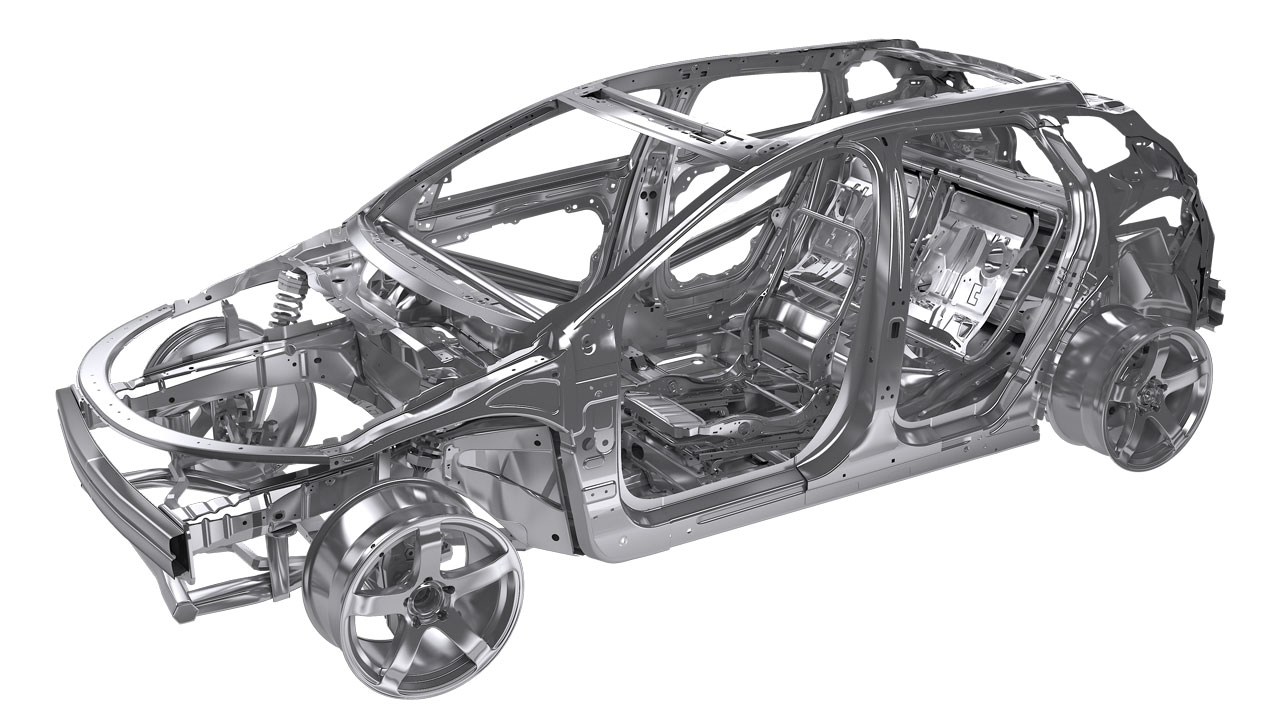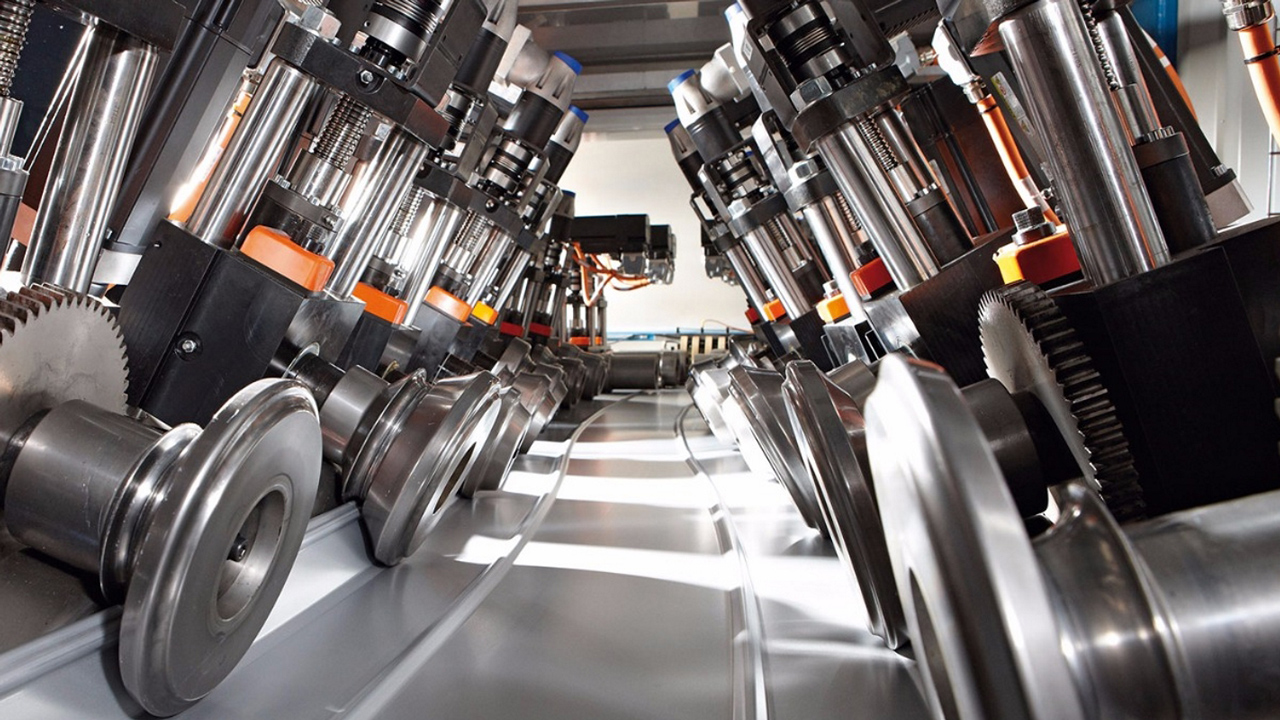What is the definition of martensitic steel?
When austenite iron is very rapidly quenched, the austenite is transformed into a very hard crystalline microstructure called “martensite.”
The martensitic transformation begins when the austenite reaches the martensite start temperature (Ms) and continues until the lower transformation temperature (Mt) is reached. In general, the higher the percentage of conversion to martensite, the stronger the resulting martensitic steel. These steels undergo post-quench martensitic tempering to improve their ductility, so that even MS steels with very high strength levels can be cold-formed using processes like cold-roll forming.
To produce cold-rolled martensitic steel (aka MS or MART), a cold-rolled steel strip is fed into a continuous annealing line (CAL). In the CAL, the material is annealed, water-quenched, and tempered. The austenite formed in the CAL, when rapidly quenched, is transformed into martensite. The CAL’s tempering operation provides the ultra-high strength steel with improved ductility.
Docol® martensitic grades have less than 2% alloying elements, providing good weldability.









